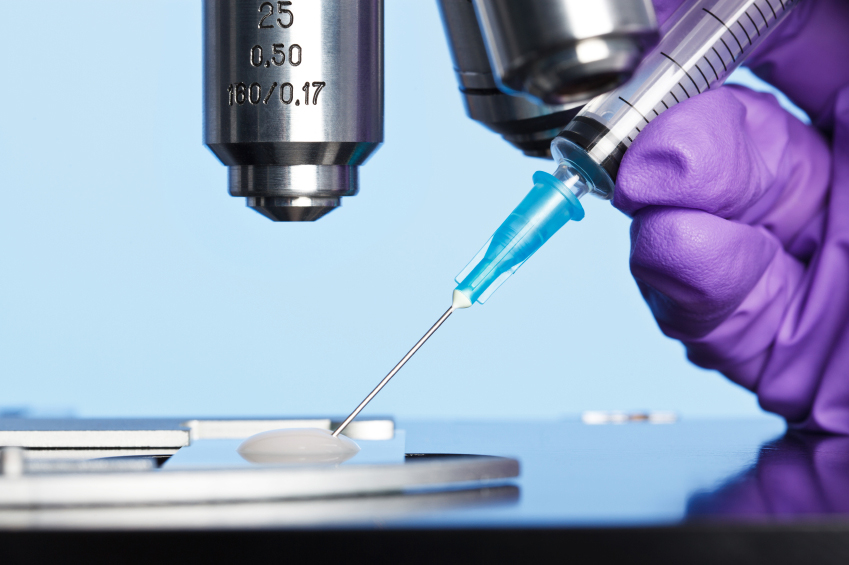An important French study on the increased risks of malformations in children conceived by medically assisted procreation (MAP) was made public on 14th June 2010, at the European Congress of human genetics which took place in Goteborg, Sweden. Managed on AMP vigilance réseau Follow Up’s initiative and conducted by Géraldine Viot, geneticist at the maternity home of Port Royal of Paris, examined closely 15,162 births in 33 hospitals which practiced MAP between 2003 and 2007, “an absolutely considerable number”.
The MAP means the clinical and biological practices where the medicine intervenes directly in the procreation to allow infertile couples to have a child: in vitro fertilisation (IVF), ICSI, artificial inseminations.
When in France, 238,000 births have been due to these techniques, the study reveals that there is almost the double of major congenital malformations in these children than in naturally conceived children: 4 .23% instead of 2 to 3%. “In the very most of cases, it deals with cardiac or urogenital malformations. We use the term ‘major’ when the malformation imposes a surgical treatment or generates a repercussion in the daily life of the child or may, in some cases, causes the death”, specifies Dr Viot. Minor malformations, like cutaneous angiomas (benign proliferations of blood vessels) are five times more frequent than in the general population. Moreover we note a higher number of genetic syndromes.
The study is not finished: 4,000 new cases are still to be examined, in 45 health care facilities. Dr Géraldine Viot also specifies: “the origins of these malformations are probably multiple. We have to look into the complete chain, from the culture of the embryo to the effects of the oocyte stimulation the woman experiences, but also into the use of ICSI technique (which consists in injecting directly the spermatozoid inside the oocyte), which cannot be without effect, without forgetting the freezing”.

